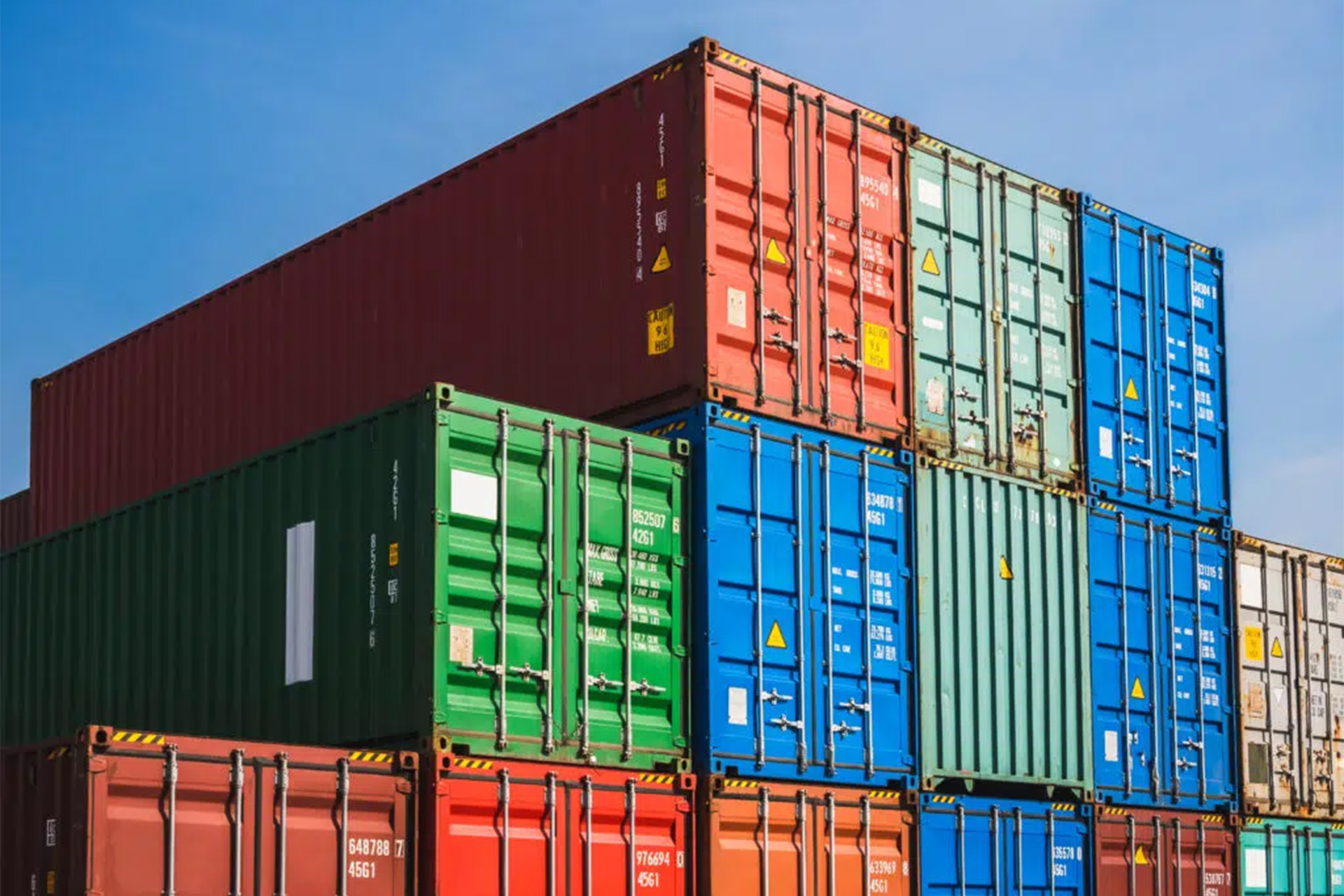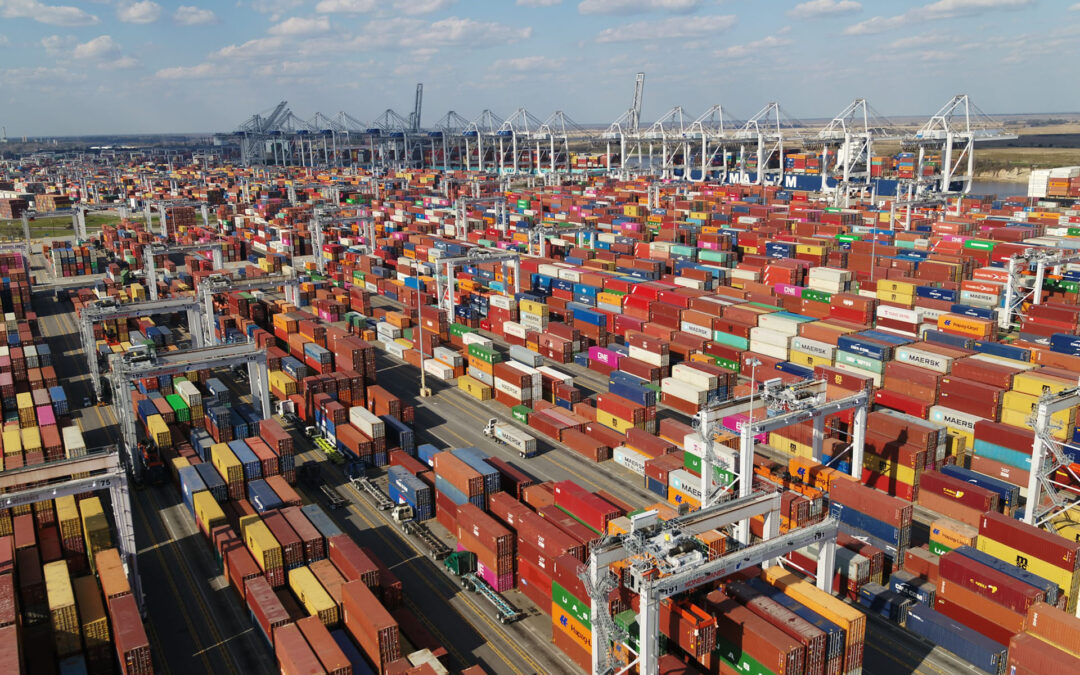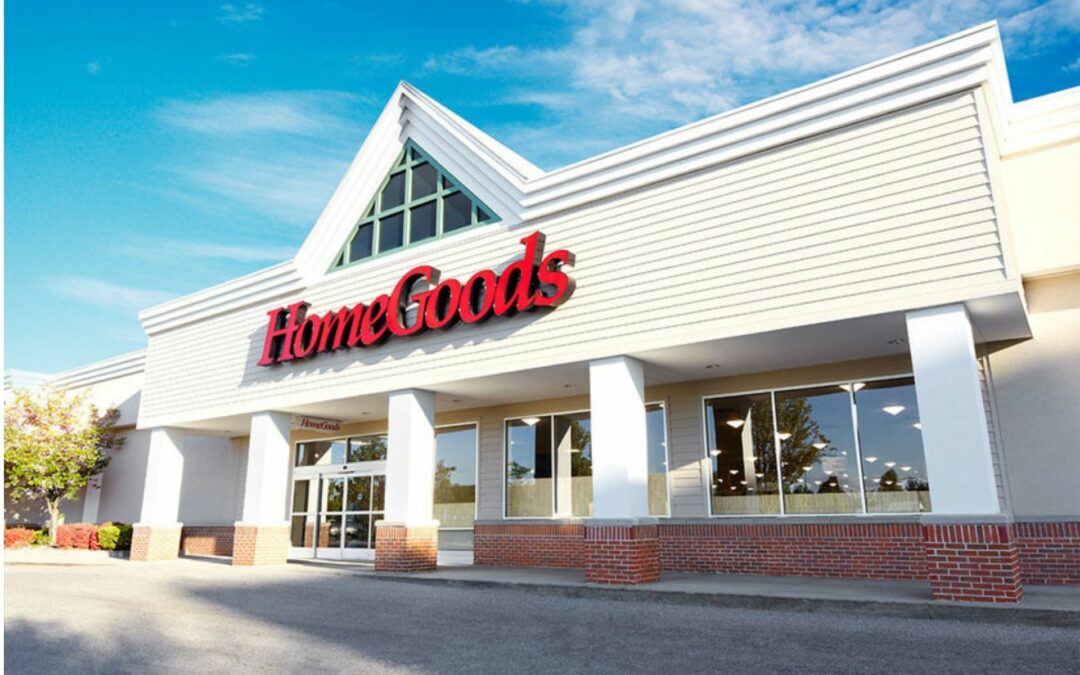The Global Port Tracker report by the National Retail Federation and Hackett Associates indicates import cargo at major container ports in the United States is likely to experience a surge through this summer as retailers take advantage of the recently announced 90-day pause on the expanded China tariffs to bring in goods.
Many retailers that suspended or canceled orders after the Trump administration announced a 145% tariff on China in April have resumed imports after the White House reduced duties to 30% during the pause, which will last until August 12. The administration introduced higher reciprocal tariffs on other nations but paused them until July 9. Negotiations on final tariffs are ongoing.
U.S. ports covered by Global Port Tracker handled 2.21 million Twenty-Foot Equivalent Units, one 20-foot container or its equivalent, during April, the latest month for which final data is available and before the tariff impact came into play. The figure was up 2.9% from March and 9.6% year over year.
Ports have not yet reported May numbers, which the April tariffs did affect, but the Global Port Tracker volume projection for the month was 1.91 million TEU, down 13.4% from April and 8.1% year over year. That would be the first year-over-year volume decline since September 2023 and the lowest volume recorded since 1.87 million TEU in December 2023.
With some tariffs now on pause, Port Tracker expects import volume to bounce back in June, although at lower levels than last year. It forecast June at 2.01 million TEU, down 6.2% year over year, July at 2.13 million TEU, down 8.1%, and August at 1.98 million TEU, down 14.7%. Port Tracer anticipates declining volume for the remainder of 2025, with large year-over-year decreases occurring partly because of elevated imports in late 2024 when East and Gulf Coast port strikes loomed. September should see the volume of 1.78 million TEU, down 21.8% year over year, and October should see the volume of 1.8 million TEU, down 19.8%.
The current forecast would bring 2025’s first half volume to 12.54 million TEU, up 3.7% year over year. The new estimate is better than a 12.13 million TEU forecast from last month before the tariff pause announcement but still below the 12.78 million TEU, up 5.7% year over year, forecast before the April tariffs announcement.
“This is the busiest time of the year for retailers as they enter the back-to-school season and prepare for the fall/winter holiday season,” said Jonathan Gold, NRF vice president for supply chain and customs policy. “Retailers had paused their purchases and imports previously because of the significantly high tariffs. They are now looking to get those orders and cargo moving in order to bring as much merchandise into the country as they can before the reciprocal tariff and additional China tariff pauses end in July and August. Retailers want to ensure consumers will be able to find the products they need and want at prices they can afford. Unfortunately, there is still considerable uncertainty as to what will happen after the pauses end. We strongly encourage the administration to continue negotiating agreements with our trading partners in order to restore predictability and stability to the supply chain.”
Hackett Associates founder Ben Hackett said. “Our projections show that May saw a significant reduction in imports as shippers responded to the higher tariff environment. However, tariff reductions will lead to a surge in imports in June through August as importers take advantage of the various 90-day pauses. The peak for the winter holidays will come early this year, making it simultaneous with the peak for the back-to-school season. If higher tariffs are not delayed again, we can expect the final four months of the year to see declining volumes of imports.”
Hackett Associates Produces Global Port Tracker for the NRF to provide historical data and forecasts for the U.S. ports of Los Angeles/Long Beach, Oakland, Seattle and Tacoma on the West Coast; New York/New Jersey, Port of Virginia, Charleston, Savannah, Port Everglades, Miami and Jacksonville on the East Coast, and Houston on the Gulf Coast.





